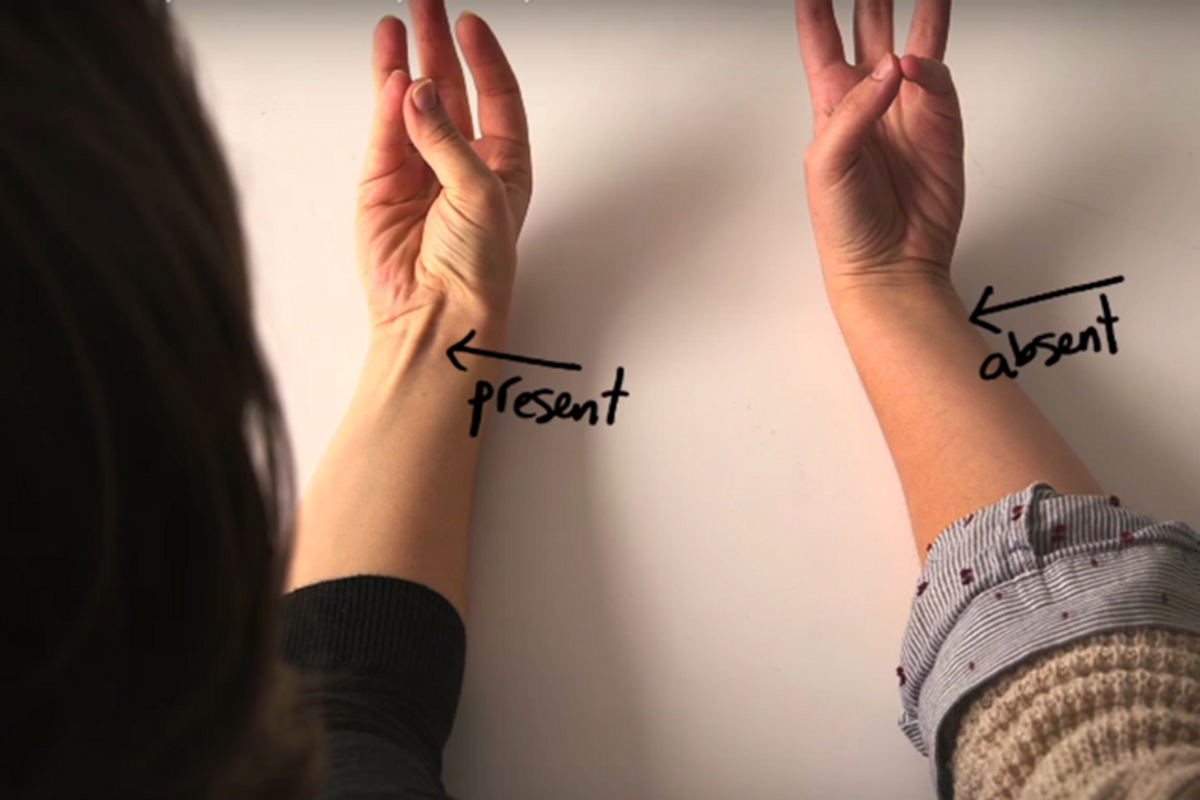Viral video shows how to find your vestigial organs
Your tailbone was once an anchor for … your tail.

Evolution of the body is divergent.
The human body is an amazing organism, to say the least.
To watch an athlete dunk a basketball or a ballerina turn a pirouette is to witness an extraordinary machine at work. But the human body is also a biological junkyard of useless ideas it has yet to ditch as we evolve.
There are many organs, tissues, and cells that make up the human body that, though they once had an evolutionary purpose for our survival, are now obsolete. Think about your tonsils or wisdom when they get inflamed to the point of needing surgical removal. These and all other "useless" body parts are known as vestigial organs and every species from humans to birds to felines to fish have them.
The video below goes over just a few of the vestigial organs we can locate on our bodies if we know where to look.
10-15% of people can see a tendon in their wrists that connects to the palmaris longus muscle. Although it serves no purpose for humans, it's essential for primates that live in the treetops and swing from limb to limb.
Humans also have three muscles around their ears that allow some people to make them wiggle. When fully formed in other mammals, the muscles work to rotate the ears in order to pinpoint the source of sounds. Although these body parts are worthless in a practical sense, they serve as a reminder of our vast evolutionary history and reveal our deep connections to other beings on the planet. That knowledge is far from useless.
This article originally appeared eight years ago.

